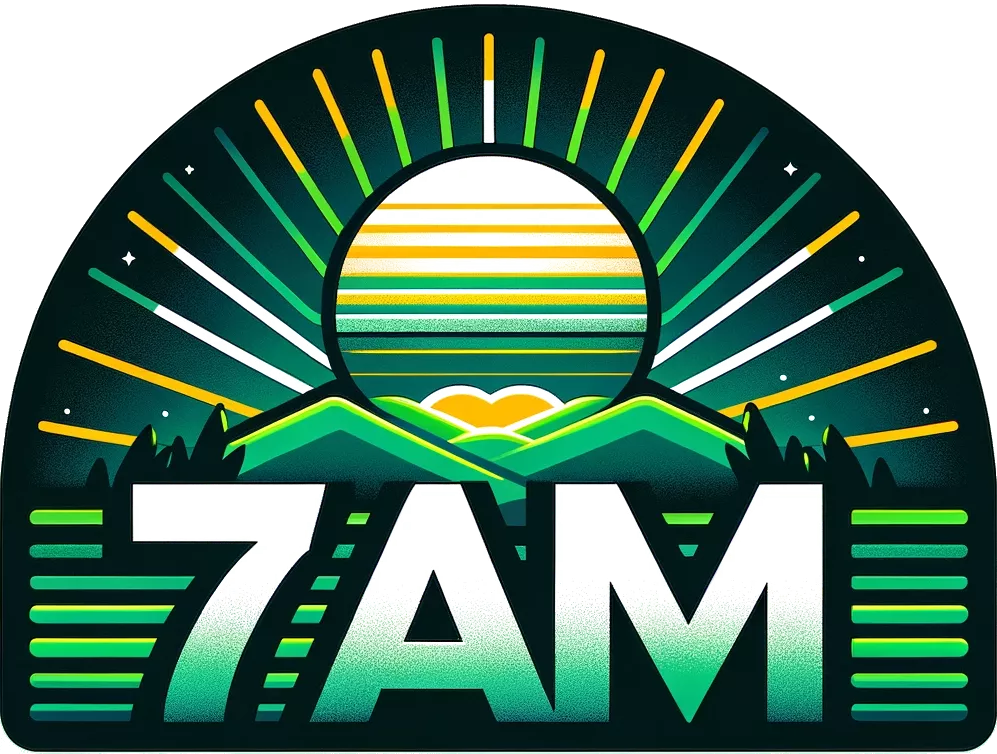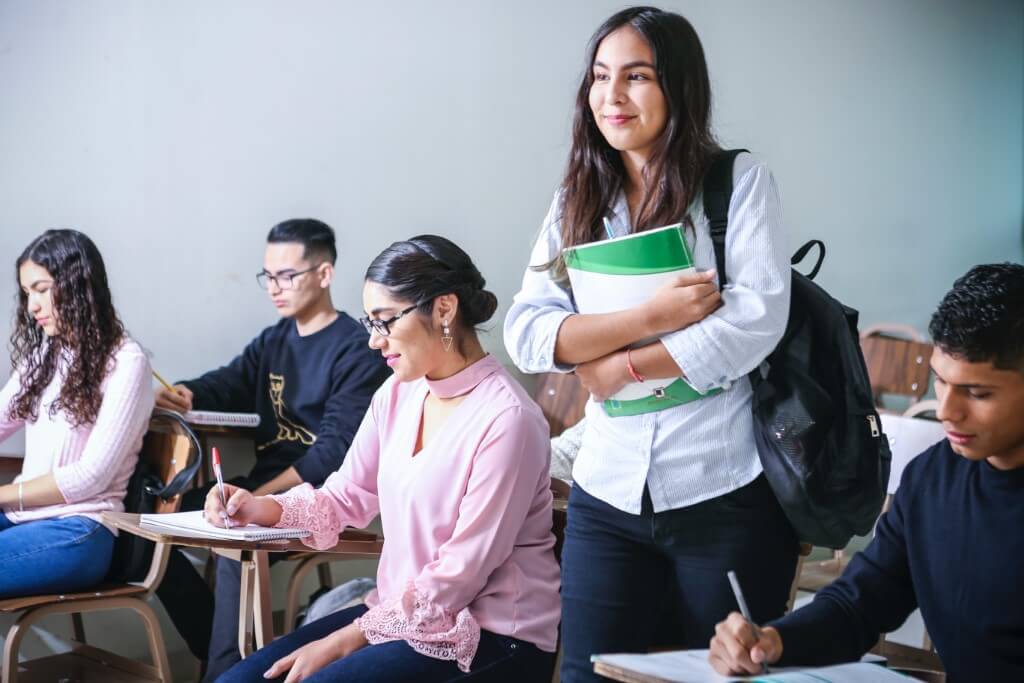By exploring the latest advancements in pedagogy, you’ll gain valuable insights into how these approaches shape the educational experience. From personalized learning to technology integration, we’ll delve into the practices that are revolutionizing classrooms worldwide. Discover the pros and cons of each method, equipping you with the knowledge to make informed decisions about the future of education. Join us on this exploration of innovative teaching techniques and their effectiveness in today’s dynamic learning environment.
In today’s educational landscape, there is a notable shift towards more effective teaching methods. Collaborative learning, flipped classrooms, self-directed learning, and crossover learning have emerged as key contemporary approaches in higher education. These methods foster active participation and engagement among students, leading to deeper comprehension and knowledge retention. Unlike traditional techniques that often relied on rote memorization, these modern approaches prioritize critical thinking, problem-solving, and decision-making skills. This evolution in teaching strategies is driven by the recognition that a collaborative and interactive learning environment not only enhances academic performance but also equips students with essential life skills.
This innovation expands accessibility, allowing a broader reach to students. By incorporating innovative teaching styles, educators can create dynamic and interactive learning experiences. The integration of technology not only engages students more effectively but also equips them with valuable technical knowledge from an early stage. This technological revolution in education is transforming the way information is delivered and absorbed, preparing students for a rapidly evolving digital world.
1. Personalized Learning: Tailoring Education to Individual Needs
Personalized learning is a hotly debated topic in modern education. Advocates argue that customizing instruction to suit individual learning styles and paces can lead to better retention and understanding. They point to technology-driven platforms that can adapt content in real-time. However, critics worry about potential pitfalls, such as isolating students from diverse perspectives or over-relying on technology.
2. Project-Based Learning: Fostering Practical Skills in Education
Project-based learning is gaining traction as a method to develop critical thinking and problem-solving skills. This approach emphasizes hands-on, collaborative projects that mirror real-world scenarios. Supporters claim it prepares students for the demands of the workforce. Detractors, however, express concerns about standardized testing and whether this method adequately covers essential theoretical knowledge.
3. Hybrid Learning Models: Balancing Digital and In-Person Education
In response to technological advances, many educational institutions are adopting hybrid models that blend online and in-person instruction. Proponents argue that this approach offers flexibility and a personalized learning experience. Critics raise questions about equal access to resources and the potential for diminished social interactions.
4. Competency-Based Education: Mastery Over Seat Time
Competency-based education centers around a student’s ability to demonstrate mastery of a subject rather than adhering to traditional seat-time requirements. Advocates claim it enables a deeper understanding of content and allows students to progress at their own pace. However, some skeptics worry about ensuring consistent standards and potential gaps in foundational knowledge.
5. Gamification in Education: Engaging Learners through Play
Gamification involves incorporating game elements into educational contexts to enhance engagement and motivation. Supporters argue that it fosters a dynamic learning environment and encourages critical thinking. Critics, on the other hand, caution against potential distractions and emphasize the importance of balancing play with rigorous academic content.
If you’re interested in delving deeper into this topic or would like to engage further, feel free to reach out through the contact form provided. Johan Botha will be more than happy to provide additional information and insights on contemporary teaching techniques and their effectiveness. Your pursuit of knowledge is valued, and Johan Botha is here to support your quest for a better understanding of modern education methods.
Pros:
- Enhanced Engagement and Retention:
- Contemporary teaching methods, such as collaborative learning and flipped classrooms, actively engage students in the learning process.
- Students are more likely to retain information through hands-on activities and interactive discussions.
- Critical Thinking and Problem Solving:
- Unlike traditional methods that rely on memorization, modern techniques foster critical thinking, problem-solving, and decision-making skills.
- Students learn how to analyze and apply knowledge in real-world scenarios.
- Adaptability to Diverse Learning Styles:
- Modern methods acknowledge that students have different learning styles and paces.
- They provide opportunities for customization, allowing each student to learn in a way that suits them best.
- Technological Integration:
- Incorporating technology in teaching can make lessons more interactive and visually engaging.
- It prepares students for a tech-driven world and enhances their digital literacy.
- Preparation for Future Careers:
- Modern teaching techniques often mirror real-world professional environments.
- This better prepares students for the challenges and demands of their future careers.
Cons:
- Resource Intensiveness:
- Implementing contemporary methods may require additional resources, including technology, training, and materials.
- This can be a challenge for schools with limited budgets.
- Resistance to Change:
- Some educators and students may be resistant to adopting new teaching methods.
- Overcoming this resistance and ensuring everyone is on board can be a hurdle.
- Potential for Inequity:
- If not implemented properly, technology-based teaching methods may exacerbate existing inequalities among students.
- Not all students may have equal access to necessary resources.
- Time-Intensive Planning:
- Designing and implementing effective contemporary teaching strategies may demand more time from educators in the planning stages.
- This can be a challenge in already busy academic schedules.
- Measuring Effectiveness:
- Assessing the impact of contemporary teaching methods on student learning outcomes can be complex.
- Finding reliable metrics to gauge success may require ongoing evaluation.
Ready to revolutionize your teaching approach? Dive deeper into the world of contemporary teaching techniques and their impact. If you’re facing challenges or seeking tailored advice, we’re here to help. Reach out through our contact page, and let’s transform education together



